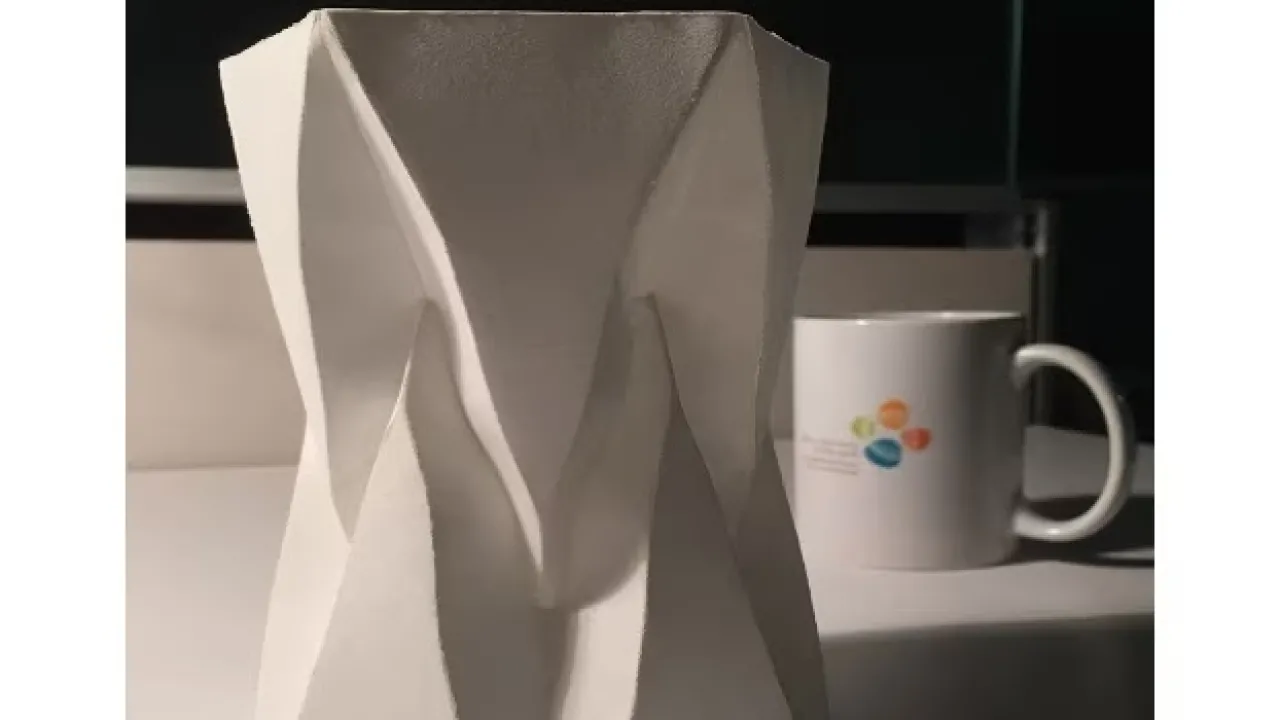
Bringing computational engineering into the fold
An interactive computational tool opens new possibilities for "developable" surfaces.
About
Challenging current perceptions of folded design, KAUST researchers have developed an interactive computational tool that allows users to design the most complex sculptures from a single sheet of material.
“Our goal was to develop a computer-based tool for use by architects, engineers and designers for architectural, industrial and artistic designs based on what we call developable surfaces—surfaces that can be flattened to a plane without tearing or stretching,” said lead researcher Helmut Pottmann from the University’s Visual Computing Center.
As an industrial design concept, developable surfaces are naturally suitable for a range of sheet-like materials including glass, plastic and metal. They include design elements such as curves and curved creases that allow for remarkably complex sculptures.
The multidisciplinary team, which included experts in the fields of geometry, optimization and programming, studied the geometric conditions that allow simple developable "patches" to be merged to form composite developables and even curved-crease surfaces, including curved origami.
Their next step was to translate the geometric conditions to mathematical constraints, encode the mathematics in software and add an intuitive, interactive interface that allows the design to be manipulated in real time.
“One of the major technical challenges was how to formulate the constraints so that a smooth surface could be developable,” noted lead author and KAUST Ph.D. student Chengcheng Tang. “Our novel approach is based on a simplified formulation that has the precision and smoothness of spline-based methods for defining smooth curves and surfaces, but also the flexibility and interactivity of mesh-based methods.”
Read the full article